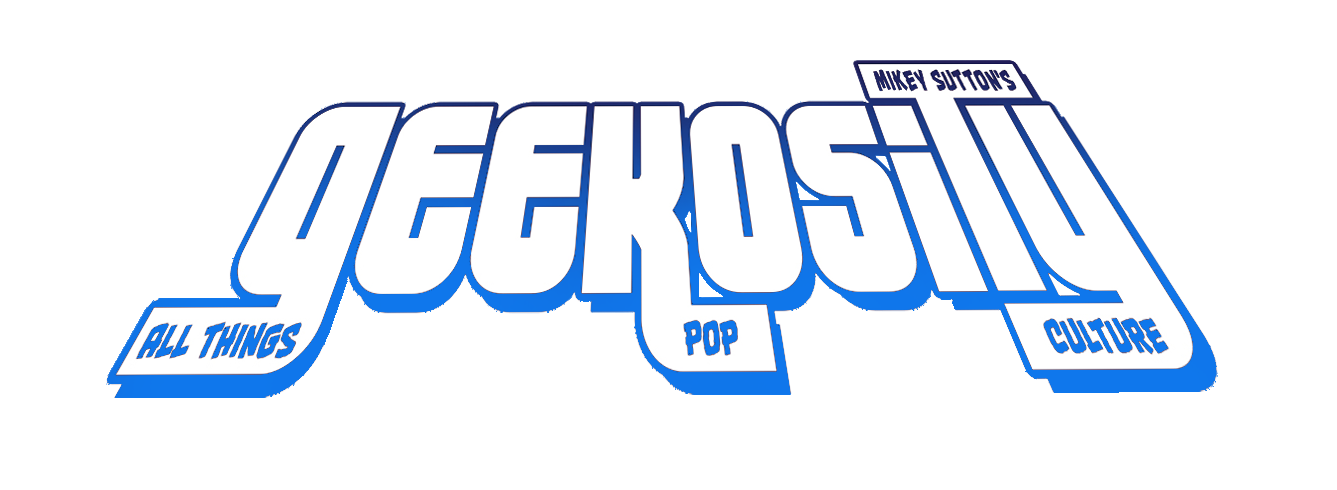
One of the biggest areas of modern entertainment is the ever-expanding gaming industry. With the statistics and projections still hinting towards steady growth over the coming years, the future looks bright despite the heights the various media in the industry have already reached.
As technology progresses into higher qualities, the ceiling for the quality of the products increases, but with it, so does the financial cost of actually developing these said products. While video game developers try their best to not let this increased budget demand affect the final price tag of the game too much, there are still inevitable problems that follow.
Below, we will be exploring the said problems in detail, in various areas of the gaming industry, and observing the different monetization strategies implemented by the developers, and just how justified these strategies are based on circumstance.
Monetization in Video Games
Before we proceed further, it is important to establish the actual numbers when it comes to budget increases. When looking at the modern AAA videogame, released in the year 2023, the budget on average exceeds the $200 million mark. Contrasting this even with the averages of 2019-2020, which typically ranged between $50-150 million, we see a significant growth.
We should also expect this growth to not cap at the current number based on available iGaming data, as the technological advancements have shown no signs of slowing down anytime soon. So, due to these factors, various companies started implementing controversial monetization strategies, mainly in microtransactions.
To get the obvious things out of the way, microtransactions in free to play videogames are of course, at least as a concept, fully justified, as it is the only source of revenue for the developers, alongside some ads. I say as a concept because even F2P games have the potential to be somewhat predatory, with many infamous examples, bombarding players with systems that not just encourage, but demand players to spend money if they wish to make any progress, in a reasonable amount of time.
Striking a balance between rewarding your paying audience, while not completely alienating the F2P audience can be challenging. As it stands, speaking purely financially, we have a handful of examples of highly successful F2P games. League of Legends, Fortnite, or for a newer game, Honkai Star Rail all qualify.
Where it gets more controversial is when a full-priced AAA videogame implements the microtransactions. Many gamers believe that since they are paying the full price for a product, they should get the full experience with a single transaction.
It is important to mention that alongside the budget increase that we have been mentioning, the price of a modern AAA game has also gone up from $60 to $70, further adding to what was just mentioned about getting the full experience for that price.
The Rise of Gambling

While not traditionally what one thinks about when talking about the gaming industry, casinos are indeed a part of it. This aspect of online gaming generates enormous revenues, investing heavily in new gaming tech like innovative slot machines, live dealer games, and mobile-friendly gambling interfaces.
Ideally, the appeal of the gambling industry is testing out your luck, participating in various games that best cater to your taste, and maximizing the entertainment value of the gambling experience. While these choices may be diverse, Bovada website provides the most popular casino games, such as blackjack, poker, baccarat, keno, and more, currently available on the online gaming market. Encompassing a myriad of entertainment options, this platform makes gambling more accessible and mainstream via straightforward gameplay, cross-platform compatibility, and cryptocurrency transactions.
Unlike the video game industry, which mostly relies on one-time purchases from the gamers themselves, of course excluding the microtransactions, casinos often boast reoccurring clients who continue partaking in the games over and over again.
This business model has proved to be highly successful for popular casinos, speaking purely in monetary aspects, giving the gambling industry an extremely long history of relevance, and as it stands, showing possible growth in some projections or data-based analysis.
If we take perhaps the biggest aspect of the gambling industry, the house edge has become very relevant when discussing monetization. Defined as the built-in advantage an establishment has over the gamer in a specific game, this aspect has become very important for many players when choosing their games.
Many clients opt for low-house edge games, like poker or craps, typically containing higher skill gaps, and less of a reliance on pure luck, as you would see in higher-house edge games, similar to slots for example.
Overall, the monetization of this side of the gaming world is somewhat complex and heavily discussed. There are parallels to be drawn between the two industries that we talked about today, but there are also significant differences.
Microtransactions

To explore the topic further, we should first establish that even in full-priced games, microtransactions are not inherently unjustified. This monetization strategy has existed ever since the mid-2000s, with games often having DLC expansions that are priced.
Many gamers nowadays do not even view DLCs as microtransactions though, as more minor purchases, in the forms of cosmetics, or sometimes mechanics have been popularized approximately after the mid-2010s. These are the types of microtransactions that generate controversy, as opposed to actual DLCs which are often expected to have decent prices.
While even in the modern gaming industry, occasionally a full expansion with a story, new mechanics, environments, and challenges may come out for free, a fresh example being the God of War Ragnarok: Valhalla expansion that came out in late 2023, this is typically not the norm.
Well, what causes the difference between reactions from gamers to traditional DLCs and other types of transactions, some may ask? The answer seems to be rather simple, the content provided must justify the price tag. That is precisely why, even in $70 video games, most gamers are willing to pay $20-$30 for a DLC, given it has sufficient content.
